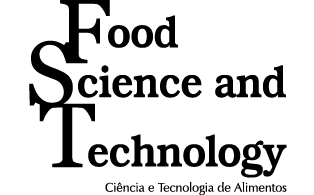There are many types of dry cured hams with particular sensorial profiles resulting from different raw materials and processing techniques, which are appreciated by their characteristic flavors and textures. The objectives of this paper are to characterize the sensorial profile of dry cured hams through a Quantitative Descriptive Analysis, and to verify the products acceptance by the consumer. Two experimental dry cured hams, produced through fast processing (called CTC 3.5% and 5.0% due the initial added salt content), and four products commercialized in Brazil,: a Spanish Serrano, an Italian one, and two Brazilian ones (Serrano type and Parma type) were evaluated. The products differed in terms of the following attributes: CTC 3.5% - the most acid flavored and the lowest intensity of rancid aroma and flavor, redness and juiciness; CTC 5.0% - the highest fibrousness and the lowest intensity and persistence of flavor, and tenderness; Serrano - the highest rancid aroma, redness, intensity and persistence of flavor and the lowest salty flavor; Serrano type - the highest rancid flavor and the lowest sweet flavor; Italian - the highest salty flavor and tenderness; Parma type - the most intense meat flavor, marbling and fat yellowness. All the products were accepted well by the consumer. The Serrano type was the most accepted and Serrano was the lowest accepted by the Brazilian consumers. The CTC products were considered to be good quality, presenting typical characteristics of a dry cured ham, despite the short maturation period.
dry cured ham; Quantitative Descriptive Analysis; principal component analysis





